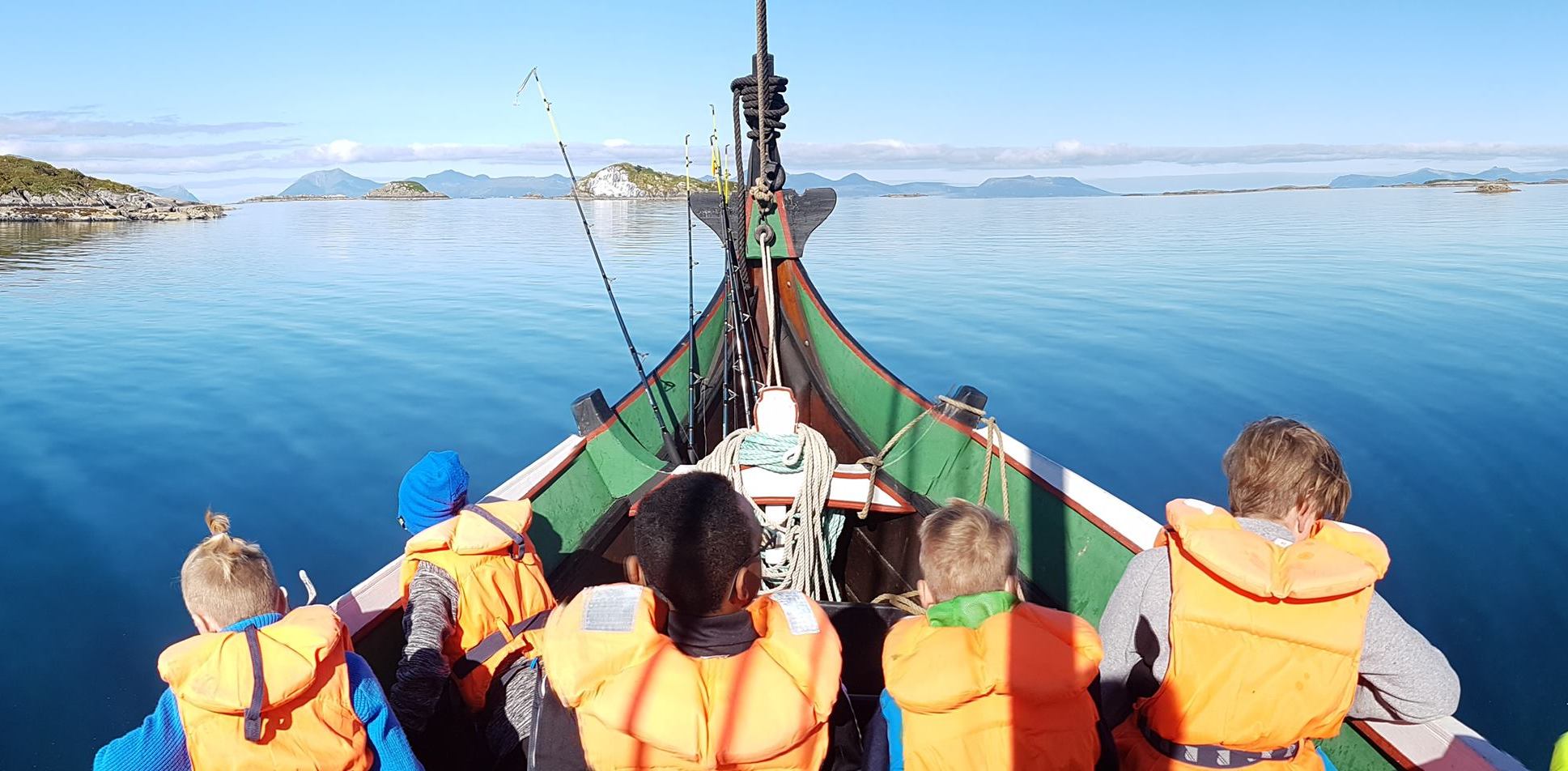Nordic clinker boat traditions inscribed on UNESCOs Representative List of the Intangible Cultural Heritage of Humanity
Denmark, Finland, Iceland, Norway and Sweden: Inscribed in 2021 (16.COM) on the Representative List of the Intangible Cultural Heritage of Humanity.

Nordic clinker boats are small, open, wooden boats between five and ten metres long. For almost two millennia, the people of the Nordic region (including the indigenous Sami peoples in Finland, Norway and Sweden and minority groups such as the Kvens in Norway, the Tornedalians in Sweden and the Swedish-speaking population in Finland) have been building clinker boats using the same basic techniques: thin planks are fastened to a backbone of the keel and stems, and the overlapping planks are fastened together with metal rivets, treenails or rope. The shell of the boat is strengthened with frames.
Clinker boat builders emphasize the long time it takes to acquire the knowledge and skills for building traditional boats. In the past, it was common to start training with a master from a young age, and it would take up to ten years to learn the trade. A symbol of common Nordic coastal heritage, clinker boats were traditionally used for fishing and to transport materials and people. Today, they are primarily used in traditional festivities, regattas and sporting events, even though about a thousand persons make a full or partial living through the production, maintenance or use of clinker boats. Clinker boat traditions include social practices. For instance, once finished, boats may be ceremonially carried to the water where they are then given a name and wished good fortune; traditional songs may be sung during sailing and rowing.